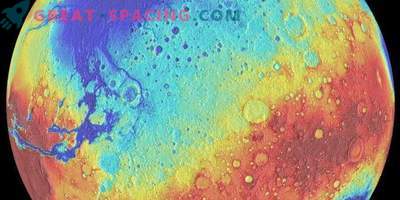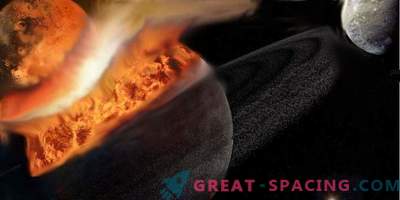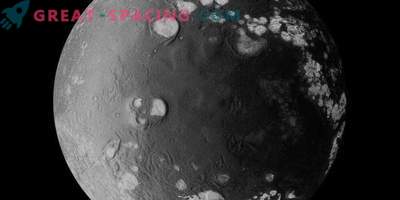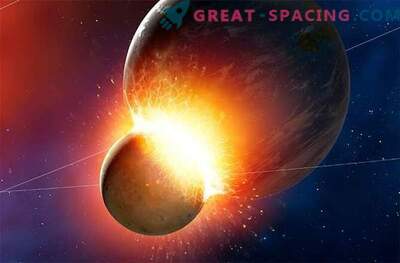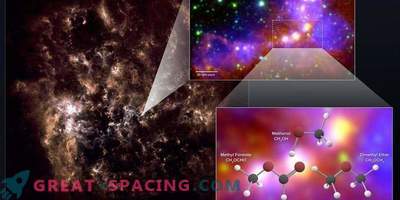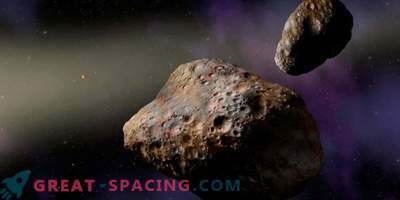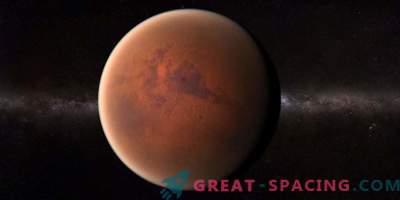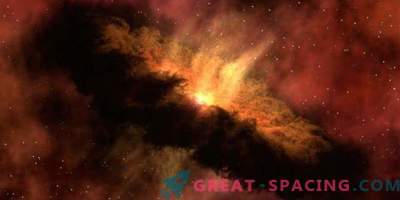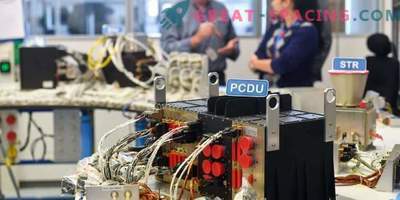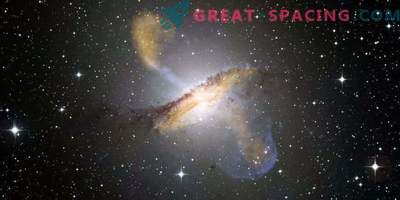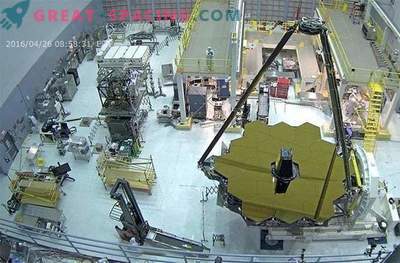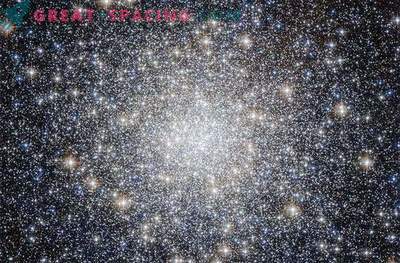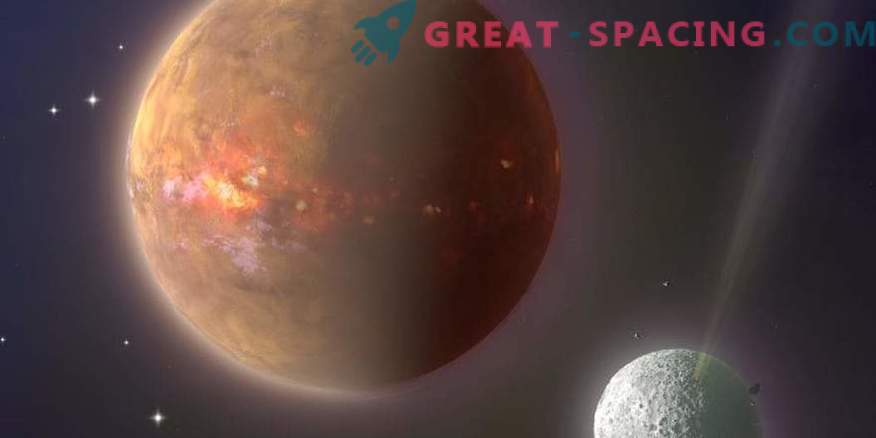
Late stages of creation of planetary formation (planetesimals and protoplanets), as well as extensive volatile degassing
Researchers from the University of Oxford reveal the secrets of the formation of the Earth. Their analysis was based on a review of new stars.
We know that the Solar System began as a gas and dust disk surrounding a star forming in the center. Gas condenses with solids and accumulates in more rocky bodies, such as asteroids and mini-planets. For hundreds of millions of years, they will collide and merge into large objects.
The earth was formed gradually and the details of the process always remained a mystery. A new study shows that the mini-planets merged, being melted and evaporated. They also tried to consider the moment of depletion on various chemical elements.
Our planet is heavily depleted in three elements that condense from an early disk when heated below 1000 ° C. Earlier it was believed that the Earth was formed without them at all, and already a small amount arrived along with asteroids. But the new idea allows us to explain this point. To understand the process, scientists created a furnace in which they controlled temperature and atmosphere to mimic the low oxidizing environment of the early Earth and planetesimals. They melted rocks at a temperature of 1300 ° C in the absence of oxygen and considered how volatile elements evaporated from the lava.
Then the lava samples were cooled, and the loss of elements was determined by chemical analysis. It turned out that the models are perfectly superimposed on the intended process of exhaustion. Indium volatility coincided especially well, which means its abundance should not be considered something anomalous.
It's all about high temperatures and the absence of oxygen. Such reactions could occur in the early stages, when the moon appeared, which led to a large-scale melting of the planet. Now the team monitors the reactions occurring with chlorine and iodine.
